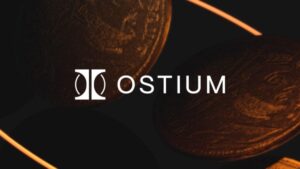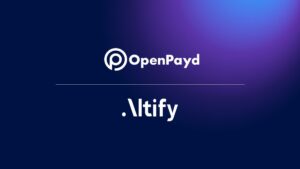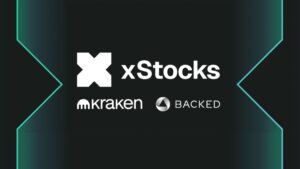TL;DR
- Avail Nexus embeds cross-chain interoperability at the base layer, uniting ZK rollups, optimistic rollups, and sovereign chains without manual bridges.
- The Nexus SDK lets developers “deploy once, scale everywhere,” supporting ZK proofs, optimistic transactions, secure hardware flows, and solver-driven swaps across multiple networks.
- End users get unified asset balances and seamless app experiences, while modular app stacks remove the need for separate DEX, payment, and identity layers.
Avail’s new Nexus protocol aims to unify these splintered Web3 networks, ZK rollups, optimistic rollups, and sovereign chains under a single interoperability layer. By embedding cross-chain movement directly at the base layer, Avail promises seamless liquidity, asset flows, and app coordination without the user ever swapping wallets or networks.
— Avail (@AvailProject) July 2, 2025
Web3 Fragmentation Holds Back Adoption
Today, interacting with apps across Base, Arbitrum, Ethereum, Optimism, and Polygon means manual bridging, chain hopping, and wallet switches. Each bridge exposes users to risk, lost funds, stolen keys, and frozen transactions and drags down the user experience.
Developers, meanwhile, deploy separate instances of the same app on every network to chase liquidity. This complexity slows innovation and raises onboarding hurdles for mainstream users.
Introducing Avail Nexus: A Meta-Interoperability Protocol

Nexus runs on Avail’s public blockchain, leveraging a modular execution layer that supports zero-knowledge proofs, optimistic proofs, trusted hardware, and solver-based liquidity. At least initially, Nexus SDK handles cross-chain flows of USDC, USDT, and ETH between Optimism, Avalanche, Base, Polygon, Ethereum, Linea, Scroll, and Arbitrum.
By verifying transactions at the base layer, Nexus eliminates trust-heavy bridges and embeds interoperability as a core feature of any app connected to the protocol.
Nexus SDK: Deploy Once, Scale Everywhere
The Nexus SDK abstracts cross-chain complexity for developers. Instead of replicating code across multiple networks, teams build a single app front end that taps into all supported chains through the SDK.
Nexus isn’t limited to EVM-to-EVM transfers, it supports ZK and optimistic rollup transactions, TEE-based secure hardware flows, and solver-driven liquidity swaps. Future updates aim to integrate non-EVM ecosystems like Cosmos, Solana, and Bitcoin to broaden asset reach and use cases.
Unified Balances and Modular App Stacks
For end users, funds scattered across networks appear as a single balance within a Nexus-powered app. USDC on Base, Polygon, and Ethereum shows up in one dashboard and can be spent seamlessly. On the application side, Nexus creates a modular ecosystem where each integrated app fits like a Lego block, launching a new chain no longer demands separate DEX, payment, and identity layers.










